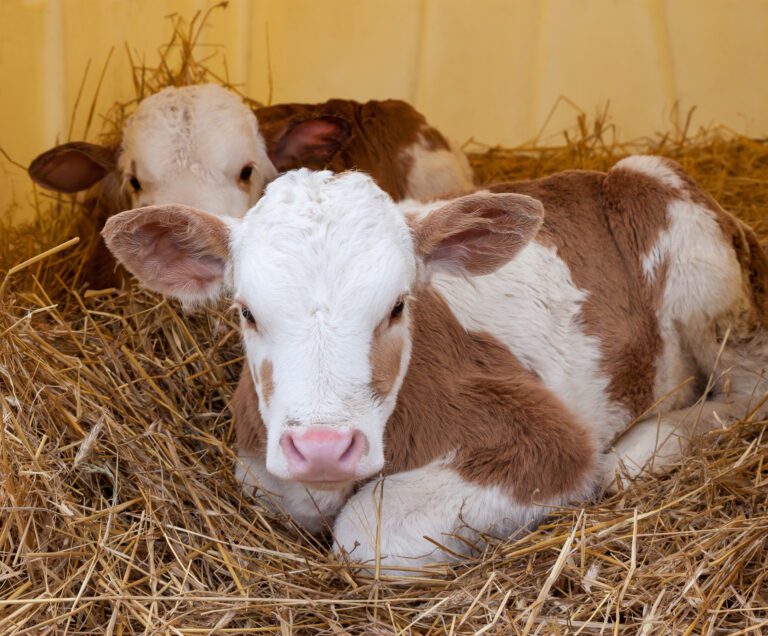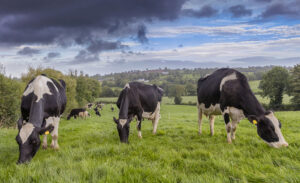The first 12 weeks of the calf’s life are critical and will essentially determine the quality and performance of animal that will be produced. Farmers should aim to feed, or purchase calves that have been fed 3/4 litres of colostrum within the first 3 hours of their life. Colostrum feeding is the only way to transfer antibodies to a calf. Calves that do not get enough antibodies after birth will have failed passive transfer (FPT) of antibodies. Calves that suffer FPT are at a significantly higher risk of illness and death and those that survive illness have reduced growth rates subsequently. Optimising nutrition and minimising morbidity is essential to ensure the calf has the best possible chance of achieving its full genetic potential for growth and feed conversion efficiency.
This 12-week calf rearing stage can essentially be split into 3 phases as explained by Teagasc.
Phase 1: 0-4 weeks. The calf depends on a liquid diet of milk or milk replacer and has the necessary digestive enzymes to utilise their nutrients (proteins, fat and carbohydrates) effectively. Ration should be introduced from 3 days to help to stimulate rumen development.
Phase 2: 4-8 weeks. The calf is developing rumen functions and part of its daily feed will be solids. The calf’s daily intake of concentrates will depend on the amount of liquid milk or milk replacer fed daily and also the palatability and digestibility of the concentrates offered.
Phase 3: 8 weeks onwards. From eight weeks of age, the calf can effectively utilise dry food and no longer depends on a liquid diet. It is vital that the calf is consuming enough concentrates before it is weaned off a liquid diet (1kg per day before being weaned).
| Key targets for Dairy / Beef calves. |
| Minimal mortality – <5% |
| Minimal Morbidity – any setbacks will reduce daily intake and average daily gain. Low morbidity will also reduce vet costs. |
| Optimal Daily liveweight Gain – target 700 – 800 grams per day up to 15 weeks |
Drummonds supply high quality calf rations such as Calf 18 (18% protein toasted ration), Ultra calf (18% protein) or Calf follow on (17% protein).
Water and Fibre in a calf Diet
- Clean fresh water should be made available to calves at all times. Water goes directly into the rumen and created an ideal environment for fermentation by rumen bacteria. It is the fermentation of grains that leads to rumen development.
- Research shows that calves with free access to water eat more starter concentrates and have enhanced rumen development.
- Calves offered water eat 30-60% more dry feed.
- Calves achieve 31% higher ADG from 0 – 10 weeks of age.

- Fibre is very important in a calf’s diet as it promotes the growth of the muscular layer of the rumen and helps maintain the health of the rumen lining through its abrasive effect (preventing papillae clumping together).
- In general, fibre/roughage may be introduced by day 3 and should be available to all calves by 2 weeks of age.
- Fibre quality is very important for calf performance. Poor quality fibre creates fill effect, especially if its stemmy and indigestible to calves.



